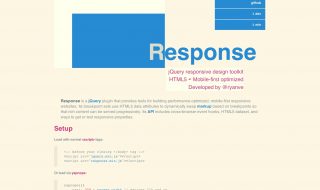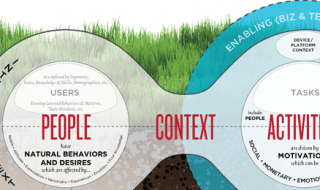Everyone’s lived experiences from the day they’re born affect the way they see the world. Thus, culture has everything to do with our perceptions of both the physical and virtual worlds.
With the online virtual world, metaphors are used to bring meaning to the bits of information that lie behind it. Ones and zeroes become scroll bars, buttons, menus, arrows, checkouts, shopping trolleys…things that we each recognize from our own real-life experiences.
But given that our culture affects what our real-life experiences are, it goes without saying that web designers need to be wary of the end target audience – specifically, where in the world they are.
A web user in the UK or US might run a mile when presented with a flashy ‘bells and whistles’ website that seems at first to be more about look than substance. But a same-age, same-gender surfer from Asia might be rather impressed. The golden rule of cross cultural web design is ‘never assume’…always research local tastes and cultures fully.
The instant a website is uploaded onto a server for public consumption, it can be accessed by anyone from the seven continents (and yes, that includes Antarctica…). So unless your website is intended purely for ‘local access’, there are some simple measures you can take to maximize the ‘globality’ of your web pages.
Practical issues: getting up to speed

Although high-speed internet access is on the rise across the globe, it isn’t as ubiquitous as you might think. Many countries in Africa, South America and even the Middle East aren’t yet wired up to the high-speed internet, meaning that heavy graphics and flash animations can preclude surfers in these countries from accessing your pages…unless they’re prepared to hang around and wait for any images to load properly.
That’s not to say you should therefore only ever build text-based websites…far from it. A simple workaround here would be to provide the option of a simple HTML version for those still on slow internet. Everyone is then happy.
Tailored design

Color preference is entirely subjective. Some people love loud, garish color schemes. Others may prefer more natural shades. The bottom line is you can’t please everyone with your website design. You can, however, look at the broader spectrum of your target audience and establish what is likely to be best received.
Sharp, clean designs are often the preferred option in the West, with muted color palettes (e.g. check Royal Bank of Scotland website). An equivalent site from the East (e.g. Bank of India) reveals a brighter color scheme with embedded flash files for effects.
Your choice of color should reflect your offering and your target market. And if you have any doubts as to the color scheme, simply have a look at similar websites in your target market.
Cultural awareness

This may be obvious, but it’s worth saying anyway. Some imagery simply isn’t acceptable in certain cultures: a liberally-clothed lady on your website may work well for Western audiences, but it’s likely to offend and repel many users from more conservative cultures. So it’s best to avoid any overt or inferred sexual imagery or references on your site. The same applies to any other potential divisive graphics, whether it’s related to religion, gender, age or nationality.
Target market tongues

The textual content of any website is probably the most important aspect. Whilst an eye-catching, funky design will draw attention, only quality content will ensure users return.
Only a quarter of the world’s population speak English – well over 90% of whom do so as a second language. With that in mind, if you’re serious about tapping into international markets, you’re best to have your website translated into your target market’s tongues.
At the design stage of your website, opt for Unicode (UTF-8), which is compatible with over 90 written languages and is supported by all the common browsers and operating systems. So even if your website starts its life in English only, it’s easier to adapt to other languages, as Unicode can work in characters from the non-English alphabet. It is also a good idea to purchase from a web hosting provider that is in or around your target market to prevent any access or slight speed issues.
And there you have it. Culture plays an important part in how people view both the physical and virtual worlds, which is why web designers must carefully consider their target markets.





This is very neat and detailed. Expect more from you!